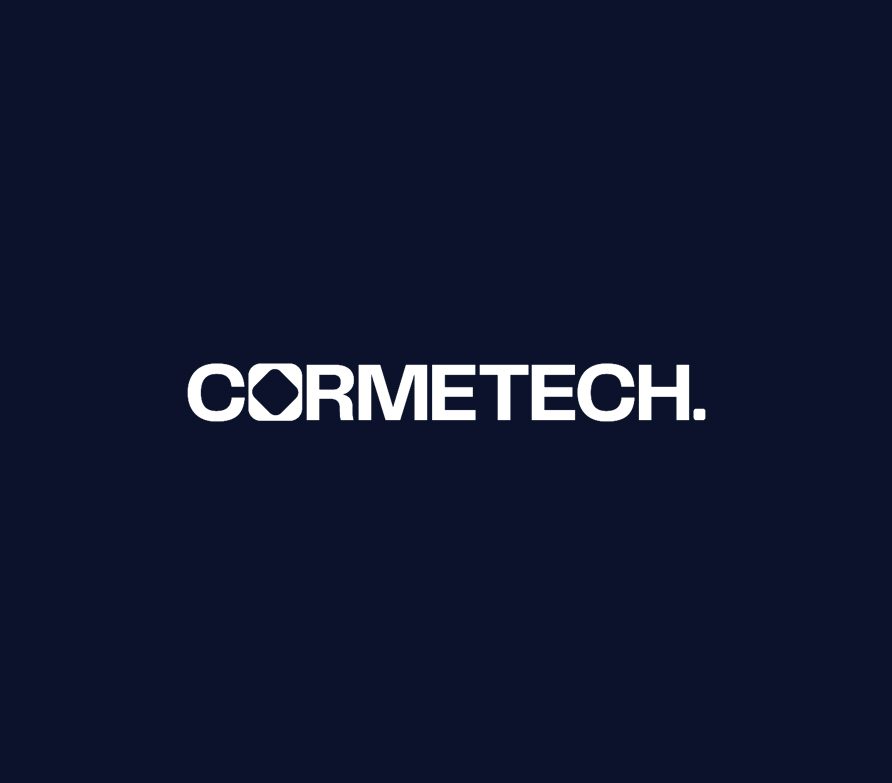
Selective Catalytic Reduction (SCR) stands out as the predominant technology for NOx reduction in both utility and industrial power plants, successfully eliminating over 5 million tons of NOx annually since the late 1990s. In these plants, effective SCR catalyst management plays a crucial role in minimizing lifecycle operating costs related to emissions control. When catalyst modules experience reduced activity due to factors such as poisoning, plugging, or masking, targeted layers within the SCR reactor are typically replaced with fresh catalyst.
Nevertheless, these deactivation mechanisms are often reversible through regeneration processes that eliminate catalyst deactivation compounds, restoring the catalyst’s activity to its original OEM level. By reusing modules, regeneration not only ensures environmental compliance but also diminishes the necessity for ultimate recovery or disposal.
Pioneering catalyst regeneration, CORMETECH, recognized as one of the largest SCR catalyst regenerators globally, has perfected the process over two decades, utilizing a patented regeneration method. CORMETECH’s Selective Impregnation® process achieves a significantly lower SO2 to SO3 conversion ratio while sustaining higher catalyst activity. Additionally, extruded catalyst material can be recycled, contributing to the production of new catalysts.
Ryan Abernathy, Director of Business Development, will delve into the pivotal role of regeneration in SCR catalyst management in an upcoming webinar.
Specific topics will include:
- Overview of the multi-stage regeneration process after deactivated modules are received
- Cleaning to remove fly ash and other particles causing pluggage
- Immersion in a series of chemical baths to remove deposits that reduce performance
- Selective Impregnation® to restore full catalyst activity
- Recalcination, a heated drying process that re-establishes mechanical strength and fixation of the active metal oxides
- Compared to plate and corrugated catalyst types, why honeycomb catalyst is best suited for regeneration
- How decayed and non-regenerable catalyst material is ground and packaged for use in manufacturing new catalyst
Attendees can ask questions during the Q&A session of the webinar.
Register today to secure your spot in this free webinar!
Who Should Attend:
- Plant Owners
- Plant Maintenance Managers
- Plant and Corporate Environmental Engineers
- Corporate Engineering Management
Presenters
Ryan Abernathy | Director of Business Development | CORMETECH

Ryan manages the business development team for Coal applications at CORMETECH. This role encompasses managing customer relationships and developing market strategies to support our clients with all their SCR needs. Prior to Ryan’s current position, he led the CORMETECH Regeneration™ team through various roles in the operations group. He managed projects of varying sizes through all aspects of the Regeneration process. Ryan has operated three diverse Regeneration facilities in the US and contributed to the start-up of CoaLogix’s facility in China. Ryan earned a BS in Chemical Engineering from North Carolina State University with a concentration in Green Chemistry.



